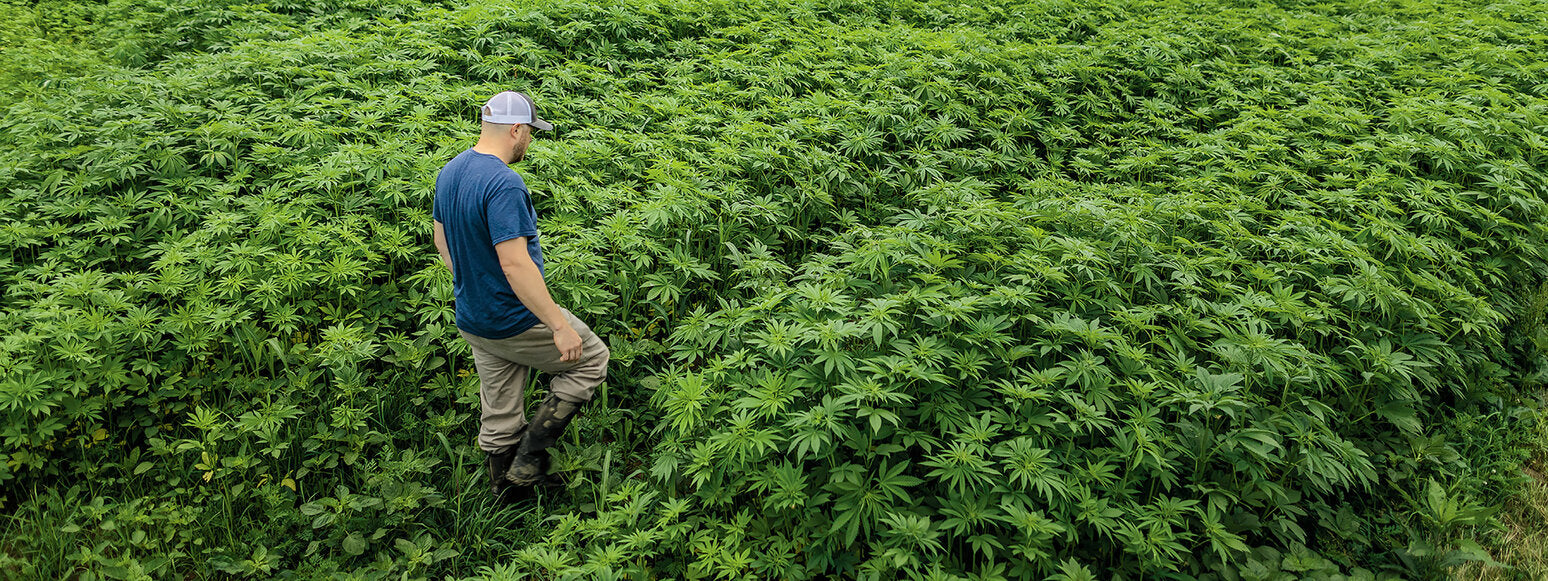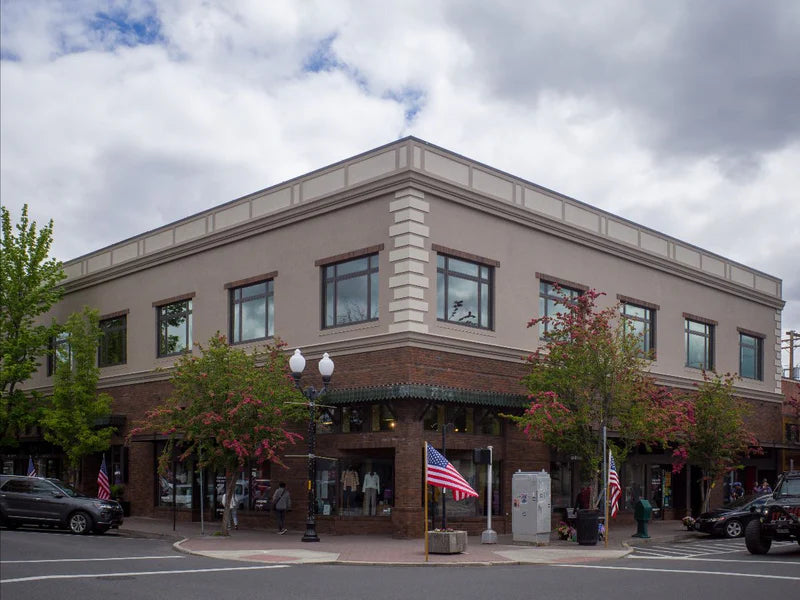Hemp
needs less fertilizer and water compared to other crops.
Why?
Hemp is a natural fiber that can be cultivated with minimal impact on the environment. It needs little to no irrigation and uses less fertilizer than other crops (and does not require synthetic fertilizer). Hemp’s deep center taproot replenishes vital nutrients in the soil and prevents erosion.
Current rates of population growth and irresponsible farming methods have set us on course to lose all our topsoil by 2076. Record rainfall rates in the American Midwest in 2019 washed enough fertilizer and pesticides into waterways to form harmful algal blooms and contribute to the dead zone in the Gulf of Mexico—an oxygen-depleted, barren patch that is the size of New Jersey. Hemp can help keep healthy soil in place when we need it the most.
Where We Are
The hemp Patagonia uses in their products is grown in partnership with suppliers that use sophisticated processing techniques that minimize waste. They’ve developed unique performance materials by blending their hemp with organic cotton, recycled polyester and TENCEL™ lyocell.
The woody core of the hemp stalk—the stuff that’s not used in the textile process—has many bio-composite applications, from “hempcrete” construction to auto-body fabrication, for a holistic approach. Patagonia is also researching hemp’s potential use as a cover crop.
They use lighter-weight blends of hemp, organic cotton, recycled polyester and TENCEL lyocell in the sportswear.
What’s Next
For decades, hemp farming was criminalized in the United States, so hemp manufacturing moved overseas. But the 2018 Farm Bill finally legalized the broad cultivation, sale and transfer of industrial hemp across state lines. Patagonia has been working with American farmers and processers to bring hemp back to the US ever since.
They're also working with hemp-processing partners to ensure their entire hemp supply chain has an even smaller impact on the environment. Over time, they hope to transition to use clean retting (separating the fiber from other tissues), decorticating (stripping the outer layer of the plant) and degumming methods to separate the hemp fiber from the woody inner core and strip it of its sticky lignins and pectins. In addition, they are working with bio-composite companies that can transform the “waste” from our crop into building materials and other goods that provide alternatives to plastics and fiberglass.


























































